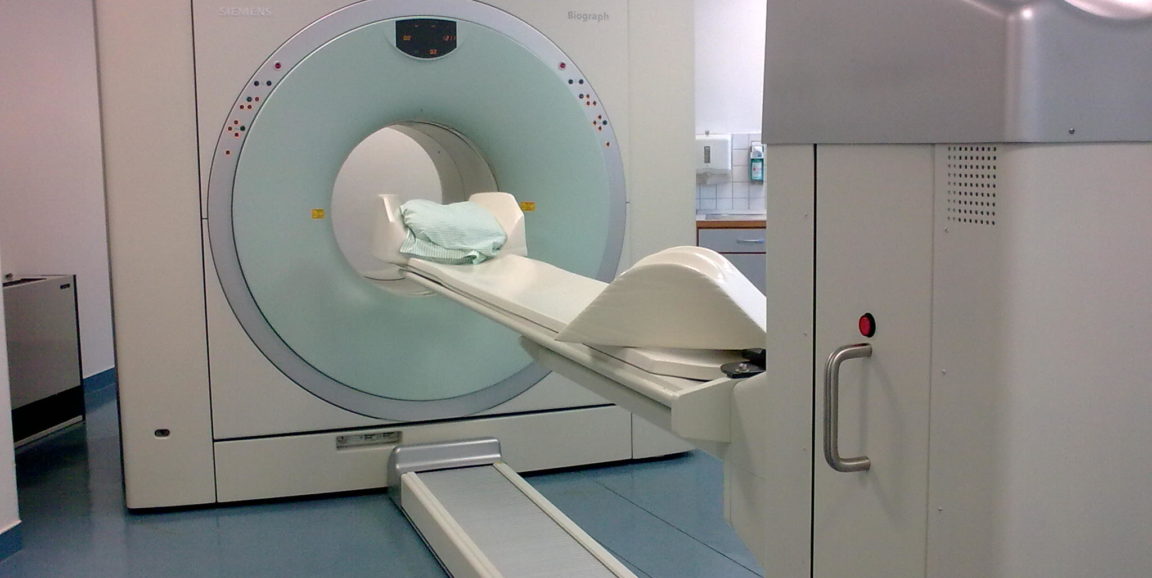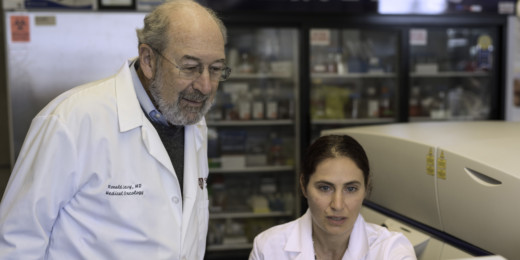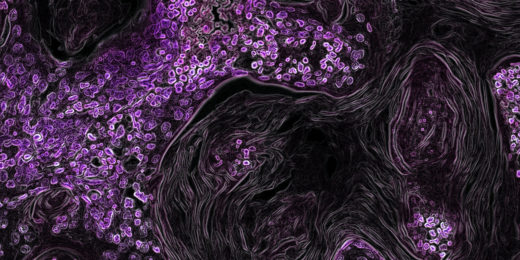When doctors give cancer patients an immunotherapy treatment, which prompts cells in the patient's own body to attack tumors, there's a window of time in which neither doctor nor patient know if the treatment is actually working. But a new imaging agent that glows under a PET scan shows promise in revealing if the therapy is indeed functioning as it should. And it does so just a couple days after therapeutic intervention.
The work, led by Sanjiv "Sam" Gambhir, MD, PhD, chair of the Department of Radiology at Stanford, was published online in the Journal of Clinical Investigation.
Gambhir's PET tracer was born out of a partnership with Ronald Levy, MD, a Stanford professor of oncology, who created a cancer "vaccine," (which works more as an injected immunotherapy than a traditional preventative shot) that prods T cells, a type of immune cell, into a cancer-killing active state. The new tracer could allow researchers to check to see that the T cells in the tumor are in fact activated.
From our release:
'Our challenge was to find a molecule that’s almost exclusively present on activated T cells — not just any T cell — because there are many T cells that just sit around resting,' Gambhir said. By coincidence, the molecule he found was the same one that Levy harnessed in his vaccine, a protein on the surface of activated T cells called OX40.
...
Once the tracer is injected, it scours the entire body, including the immune system, in search of cancer-killing T cells — but only those laden with OX40. Upon meeting, the tracer binds to OX40 and, when hitched together, the radioactive complex glows under a PET scan, revealing only those T cells that have been successfully activated, ready to ravage the tumor. If the scan comes back with low to no signal in the tumor or tumors, it’s an indication that doctors (in theory, as the vaccine and tracer have only been tested in mice) ought to reevaluate the immunotherapy dosage or change the treatment course altogether.
What's really great about the tracer, Gambhir told me, is that it's not just useful for predicting the success of Levy's cancer vaccine:
Gambhir also is pursuing work to establish the OX40 tracer as a diagnostic for other applications, such as the autoimmune disease multiple sclerosis.
'It’s important to remember that this is a really general approach to visualizing activated T cells — this shouldn’t be thought of as specifically for cancer immunotherapy alone,' he said. 'That’s just one important application.'
Photo by Brudersohn






